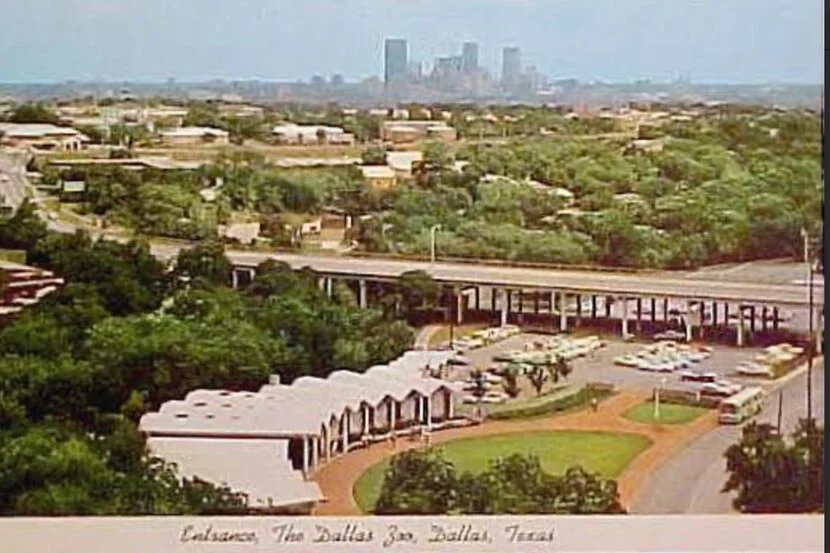
The Fascinating Journey of the Dallas Zoo: From Humble Beginnings to a Cultural Gem
The Dallas Zoo is not just the oldest and largest zoological park in Texas; it represents a rich history intertwined with the city’s growth and cultural evolution. Established in 1888 with a meager collection of animals bought for $60, the zoo has transformed into a sprawling institution that welcomes over one million guests each year. This journey is marked by the community's unwavering support and the significant contributions of notable figures, turning the zoo into a major educational and cultural destination.
Originally, the Dallas Zoo began with two deer and two mountain lions exhibited in Old City Park. The initial years were slow, with only 27 animals by 1910. However, the zoo's fortunes changed drastically, particularly in the 1920s, when a special zoo commission helped shift its trajectory. Not only did the number of animals swell from 161 to a staggering 1,065 between 1920 and 1925, but the contributions of Frank Buck, an infamous animal collector, also played a pivotal role. Buck's slogan, "Bring 'em back alive!" became synonymous with his mission, and he is remembered fondly for his significant donations.

The advancements during the late 1930s, partly through federal Works Progress Administration initiatives, introduced new habitats for various animal species, enhancing the zoo experience. These efforts culminated in the establishment of the Dallas Zoological Society in 1955, which provided essential support through fundraising and volunteering, thus ensuring the zoo's modernization throughout the decades.
In the 1960s, the Dallas Zoo saw massive infrastructure improvements, which included the creation of new exhibits for reptiles and birds. It marked the zoo as a must-visit attraction in the region. The introduction of the Wilds of Africa exhibit in the 1980s was revolutionary, showcasing diverse ecosystems in an immersive setting.

Today, with a dedicated team of around 350 employees and 750 volunteers overseeing over 2,000 animals across 400 species, the Dallas Zoo is poised for an exciting future. The ongoing plans for a multi-year campus redevelopment will further enhance visitor experiences and solidify the zoo's role as a living classroom. George's vision for transforming significant acreage into new habitats embodies a commitment to education and conservation.
This ongoing transformation of the Dallas Zoo reflects not just a growth in physical space, but also an evolution of purpose, raising essential questions about wildlife preservation and our relationship with the natural world. How do you envision the future of zoos in promoting animal welfare and education? Share your thoughts in the comments below.